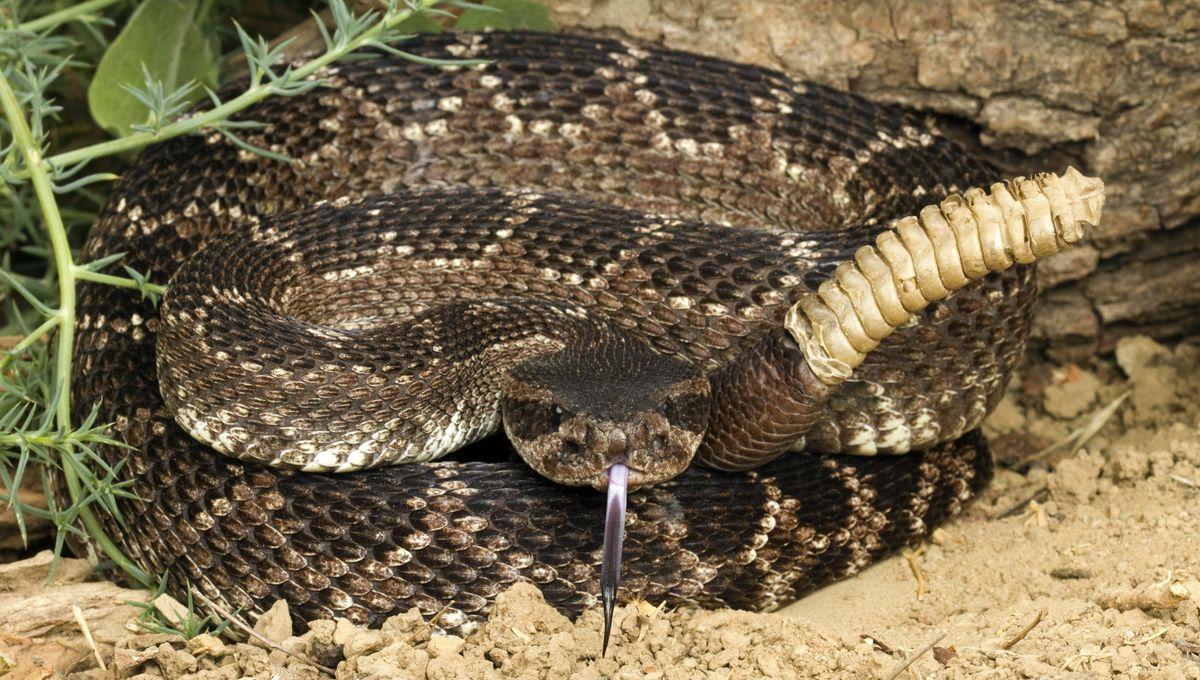-
Fil d’actualités
- EXPLORER
-
Pages
-
Blogs
-
Forums
How Does A Rattlesnake Make Its Famous Rattle?

How Does A Rattlesnake Make Its Famous Rattle?
The animal world is full of an impressive array of sounds, from singing whales, to those capable of mimicking humans. One species in particular is named after the noise it makes – but have you ever stopped to consider how a rattlesnake's rattle actually works?
First of all, rattlesnakes are venomous reptiles with a segmented rattle at the tip of their tail. There are around 35 species that live across North and South America. The most common species in North America are the timber rattlesnake, the prairie rattlesnake, and the eastern and western diamondbacks. Typically rattlesnakes are not an aggressive species; they are pit vipers and most are nocturnal. Their signature rattle is used to warn other animals to stay away, otherwise they might get bitten. This is an example of an aposematic signal in nature – in a similar way to how poison dart frogs use bright colors to warn animals not to eat them, the rattlesnake's rattle helps keep predators away. This conclusion, however was a long time coming. In the 1950s some were questioning just what the rattle was used for, with the line of thought that it could even be used to attract a mate. So just how do rattlesnakes make their signature noise? Well, far from a tail filled with dried peas or tiny pebbles, the truth is a little more complicated. When the snakes shed their skin, a piece of skin remains attached inside the rattle. The dead skin segments are filled with air. These interlocking hollow segments are pushed together when the snake moves its tail, and the famous rattle is created. The segments are made of keratin, the same material found in human hair and fingernails. As the snake sheds, more layers are added to the rattle. Image credit: Nick Kanakis/Shutterstock.com "It's the same for the rattlesnakes, except that at the tail end, one piece of skin remains attached, which means that every time they shed, they get one more keratinous segment on the rattle, which is the part that generates the sound," Boris Chagnaud, a professor at the University of Graz in Austria, told Live Science. "The more a snake is growing, the faster it sheds. Younger snakes shed more than older snakes and can shed on average, three to four times a year in warmer months," said herpetologist Jeff Briggler at the Missouri Department of Conservation. Research from 2021 found that snakes rattle at lower frequencies when the threat is further away, but can rapidly increase it when the threat approaches. This fools the attacker into thinking the snake is much closer than it actually is. 


